The Connection Between Mental Health and Chronic Pain
Understanding the Psychological Impact of Chronic Pain
The relationship between mental health and chronic pain is a complex one, with each often exacerbating the other. Research has increasingly highlighted the bidirectional link between these two conditions, showing that individuals suffering from chronic pain are more likely to experience mental health disorders, and vice versa. Understanding this intricate connection is essential in offering comprehensive treatment solutions that address both physical and psychological well-being.
The Link Between Mental Health and Chronic Pain
Chronic pain, defined as persistent pain lasting more than three months, affects millions of people worldwide. Common conditions like arthritis, fibromyalgia, and migraines not only cause physical discomfort but can also lead to significant emotional and psychological distress. Studies reveal that individuals living with chronic pain are at an increased risk of developing depression, anxiety, and post-traumatic stress disorder (PTSD). In fact, research indicates that nearly 50% of people with chronic pain also have a mental health disorder.
Conversely, mental health issues can also manifest physically. Anxiety and depression, for instance, can lower pain tolerance and increase the perception of pain, as well as muscle tenseness, aches and fatigue, which in turn, also impacts pain perception. This creates a vicious circle where emotional distress worsens physical pain, which in turn, exacerbates emotional stress. The complex relationship between these conditions underscores the need for integrated care that addresses both mental health and chronic pain simultaneously.
The Role of the Brain on Pain Perception
The brain plays a critical role in both pain perception and mental health regulation. Neuroplasticity, the brain’s ability to adapt and change, can alter how pain signals are processed, especially in individuals experiencing chronic pain. In some cases, the brain becomes more sensitive to pain stimuli, a condition known as central sensitisation. This heightened sensitivity makes individuals more vulnerable to psychological disorders such as anxiety and depression, as the brain struggles to manage the overwhelming pain signals.
Furthermore, the brain’s limbic system, which governs emotions, is closely tied to how we experience pain. When an individual is under stress, the limbic system amplifies pain perception, making physical pain feel more intense. This neurological connection between pain and emotion emphasises the importance of treating both issues holistically.
Treatment Approaches: Addressing Both Mental Health and Chronic Pain
Given the intricate connection between mental health and chronic pain, a multidisciplinary approach is crucial for effective treatment. Cognitive Behavioral Therapy (CBT), for instance, has been shown to be highly effective in managing both chronic pain and mental health conditions like depression and anxiety.
Another promising treatment approach is mindfulness-based stress reduction. Mindfulness helps individuals become more aware of their thoughts, emotions, and bodily sensations, reducing the perception of pain and mitigating its emotional impact. In general, studies generally report a reduction in perceived pain by 20% to 40% after psychological therapy for chronic pain.
The Importance of Resilience
Early intervention is key in preventing the downward spiral of worsening mental health and chronic pain. Left untreated, chronic pain can lead to severe mental health issues, which, in turn, can exacerbate the physical symptoms. Digital health platforms such as our CPD-Accredited Resilience Training programme can play a crucial role in ensuring individuals are able to build resilience and emotionally face the challenges related to managing a life where chronic pain is at the forefront.
Final Thoughts
The connection between mental health and chronic pain is undeniable, with each condition often feeding into the other. By leveraging the above insights, mental health professionals can help individuals manage the intertwined challenges of chronic pain and mental health disorders, improving overall well-being.
To find out more about our solution, register your interest for the CPD accredited Resilience Training Programme below to find out how we can support your workplace.


